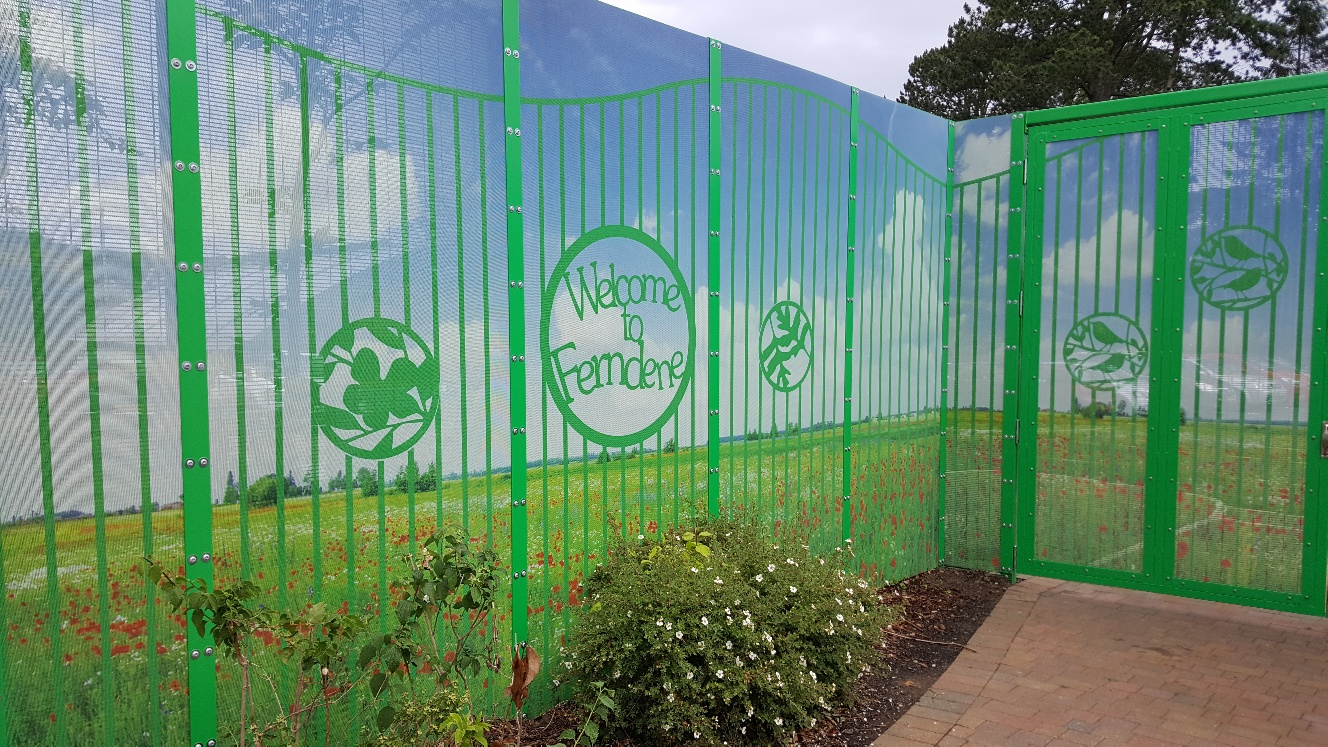Security is key for mental health environments, but this doesn’t mean they have to look institutional and threatening.

Secure psychiatric facilities, as the name suggests, contain patients who are at risk of causing harm to themselves or others. They are likely to escape so they need to be secured, so are unable to leave of their own accord.
So security is a key design consideration. And architects need to apply equal focus to the inside and the outside.
A spokesman for fencing manufacturer Zaun, explains, “Architects ask perimeter fencing companies to design effective mental health fencing. These projects tend to have particularly-complex performance specifications, and product designs must meet security needs without making a facility look too much like a prison.
“There’s still a lot of stigma attached to mental health and mental health facilities. Many people still picture scary fortresses with barbed wire, rather than state-of-the-art medical facilities. But modern solutions are a far cry from the days of barbed wire.
Modern solutions
“Fence height, post details, and gating are all important to prevent escape and any personal damage, but the overall look also needs to be in keeping with a harmonious aesthetic that is congruent to promoting good mental health.”
Modern solutions not only look less institutional, but they are also helping to address a number of other issues faced by many psychiatric facilities.
The passing of contraband
One of these issues is the passing of contraband, including drugs and weapons, through fencing. Many new mental health perimeter solutions have been specially designed to reduce this threat.
Britplas is a leader in this area. Its Fortress fencing utilises a similar system as its ground-breaking mesh window, letting air through while at the same time preventing the passing of any items.
And it is available in heights ranging from 2.2m to the 5.2m minimum height specified for all medium and high-secure units.
Privacy and dignity
Neil Guest, sales manager at Britplas, said, “Fortress stemmed from discussions with a mental health trust in Manchester. The mental health unit was an old grey 1970s building facing the main entrance to the acute hospital.
“Patients in the unit didn’t want to go outside, which is an important part of their therapy, in case someone saw them. There was a stigma attached as they felt like they were in a fishbowl.
“Originally we developed the mesh fencing as it makes it much harder for someone to see through, so it was helping with privacy and dignity.
Also in direct response to requests from mental health trusts, the company has developed an anti-climb cloaking, which has opened up a completely-new option for designers.
This can be overprinted with large and detailed artworks – the latest innovation. These can create attractive vistas which are aesthetically appealing and calming, while also minimising the fencing’s physical presence, adhering to salutogenic principles.
A view of nature
Guest said: “we can use any high-quality image, but trusts tend to want natural images showing bushes, flowers, trees, horses and other animals to really give the feeling of being in nature, which is particularly useful if hospitals are in the middle of cities.
"When there are vast expanses of fencing, these images are easier to line up so that they have the desired effect. And if the ground is on a gradient, we ensure that the image is viewed as intended and can be seen from all angles.”
He added: “Walking out into an external space where you aren’t just faced with an expanse of institutional grey fencing is far more preferable and much more therapeutic."
As well as fitting Britplas’s own fencing range, the mesh and anti-climb solution can also be retrofitted into existing perimeter systems, even attaching to the 6m round posts found in most high-secure facilities.